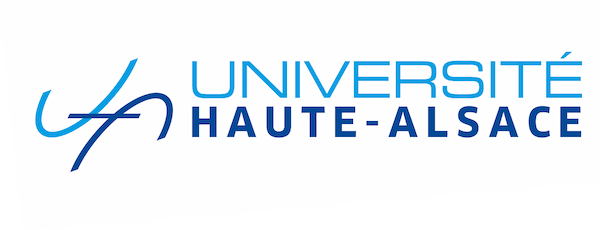Title : Does Predictive Ability of an Asset Price Rest in 'Memory'? Insights from a New Approach
Author(s) : Mohamed CHIKHI, Claude DIEBOLT, Tapas MISHRA
Abstract : Despite an inherent share of unpredictability, asset prices such as in stock and Bitcoin markets are naturally driven by significant magnitudes of memory; depending on the strength of path dependence, prices in such markets can be (at least partially) predicted. Being able to predict asset prices is always a boon for investors, more so, if the forecasts are largely unconditional and can only be explained by the series’ own historical trajectories. Although memory dynamics have been exploited in forecasting stock prices, Bitcoin market pose additional challenge, because the lack of proper financial theoretic model limits the development of adequate theory-driven empirical construct. In this paper, we propose a class of autoregressive fractionally integrated moving average (ARFIMA) model with asymmetric exponential generalized autoregressive score (AEGAS) errors to accommodate a complex interplay of ‘memory’ to drive predictive performance (an out-of-sample forecasting). Our conditional variance includes leverage effects, jumps and fat tail-skewness distribution, each of which affects magnitude of memory both the stock and Bitcoin price system would possess enabling us to build a true forecast function. We estimate several models using the Skewed Student-t maximum likelihood and find that the informational shocks in asset prices, in general, have permanent effects on returns. The ARFIMA-AEGAS is appropriate for capturing volatility clustering for both negative (long Value-at-Risk) and positive returns (short Value-at-Risk). We show that this model has better predictive performance over competing models for both long and/or some short time horizons. The predictions from this model beats comfortably the random walk model. Accordingly, we find that the weak efficiency assumption of financial markets stands violated for all price returns studied over longer time horizon.
Key-words : Asset price; Forecasting; Memory; ARFIMA-AEGAS; Leverage effects and jumps; Market Efficiency.
JEL Classification : C14, C58, C22, G17.






